Botox injections under the eyes
The latest technique designed to minimize the signs of aging skin is Botox injections under the eyes. Botulinum toxin, which is injected into the expressive muscles, blocks nerve signals and causes them to relax, which helps eliminate wrinkles and crow's feet. The duration of the session is from 15 to 30 minutes, and the results can last up to six months.
Studies show that Botox not only eliminates existing wrinkles, but also prevents new ones from forming. According to information from the American Association of Plastic Surgeons, Botox injections are the most requested minimally invasive cosmetic surgery in the United States. In 2020, over 4.4 million such procedures were performed. Botox not only improves appearance, but is also a treatment that helps with ptosis of the eyelids and facial asymmetry.

specialists

equipment

treatment
Botox injection procedure stages under the eyes
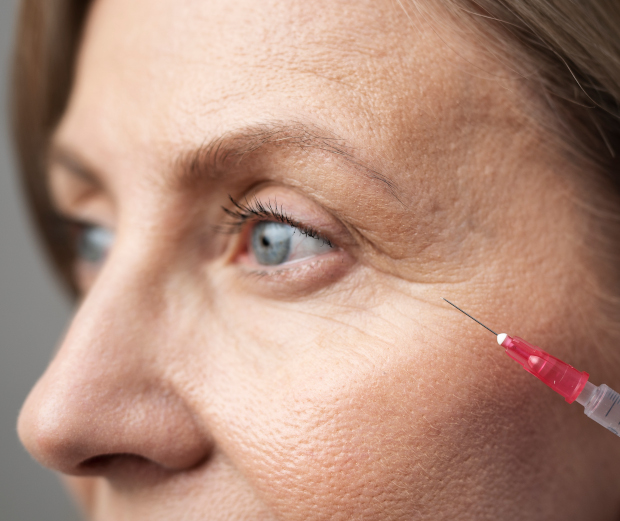
The process of Botox injection under the eyes includes several key stages, each of which is crucial to achieving the expected effect:
- Consultation and condition analysis
- Pre-procedure preparation
- Marking injection sites
- Injection of the drug
- Post-session care
A meeting with a cosmetologist is a critical moment. During the consultation, the specialist evaluates the skin condition, the depth of wrinkles and the specifics of the patient's anatomy. Based on this data, the dosage and injection sites under the eyes are determined. A personalized approach, as shown by data from the American Society for Aesthetic Plastic Surgery, increases the effectiveness of the procedure by 30-40%.
Pre-procedure preparation includes skin cleansing and the use of a local anesthetic for sterility and to reduce discomfort. Modern anesthetics reduce pain by 80-90%.
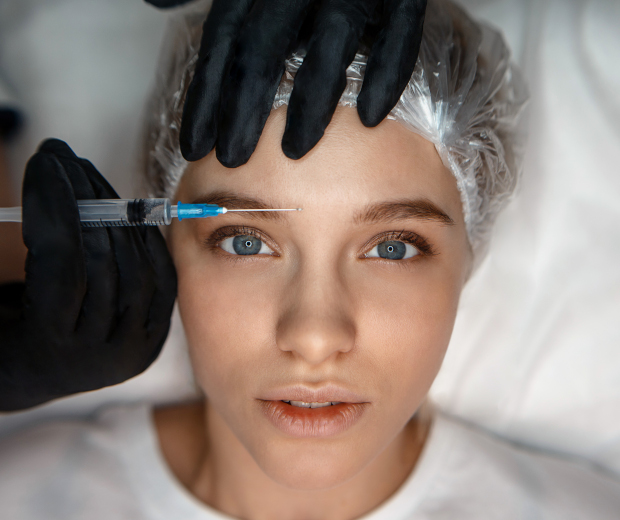
Marking of injection zones is done taking into account the unique facial features of the patient. The doctor highlights the places for injection of the drug, guaranteeing the accuracy and symmetry of the result. This step is critical, since errors in marking can cause facial asymmetry in 15-20% of cases.
The drug is injected under the eyes using thin needles - the doctor injects botulinum toxin into the marked areas. This process takes 15-20 minutes. The use of advanced techniques minimizes the risk of hematomas to 2-3%.
Post-session care involves following the recommendations for behavior in the first hours - do not bend over, do not lie down and do not massage the injection sites for 4-6 hours. This contributes to the optimal distribution of the drug and reduces the likelihood of its migration by 95%.
Following these steps ensures high efficiency and safety of the procedure. According to the International Society of Aesthetic Plastic Surgery, when all stages are performed correctly, the patient satisfaction rate is 95-97%.
General information about the procedure
Answers to popular questions
Specialists from the K+31 clinic answered frequently asked questions regarding Botox injections under the eyes.
Is it possible to do Botox under the eyes during pregnancy?
Most experts unanimously believe that Botox under the eyes is strictly contraindicated during pregnancy and breastfeeding. A leading cosmetologist of the highest category explains: “Despite the lack of direct data on the harm of botulinum toxin for a developing child, we strongly recommend avoiding such procedures for safety reasons. The risks here significantly exceed any possible cosmetic benefits.”
A professor, a specialist in obstetrics and gynecology, adds: “The main arguments against using Botox under the eyes during pregnancy include the lack of extensive studies on safety for the embryo, the risk of drug distribution throughout the body and the possibility of allergic reactions.”
“We advise women to refrain from botulinum toxin six months before planning a pregnancy. After childbirth and the end of the lactation period, you can return to the procedures, but only after consulting a doctor,” says Dr. Maria Ivanova, a dermatologist-cosmetologist.
What are the possible side effects of Botox under the eyes?
A plastic surgeon notes, “Side effects from Botox under the eyes are uncommon, but patients should be aware of them. Fortunately, most are temporary and go away within a few days.”
A cosmetologist lists the most common side effects:
- Minor bruising and swelling at the injection sites
- Slight facial asymmetry
- Temporary drooping of the eyelids (ptosis)
- Dry eyes
“According to the American Society of Plastic Surgeons, serious complications occur less than 1% of the time. Most adverse reactions are related to incorrect injection techniques or failure to follow post-procedure instructions. To reduce risks, it is extremely important to choose an experienced specialist and strictly follow his instructions for post-procedure care. If you experience any unusual symptoms, you should seek medical attention immediately,” says the doctor.

This award is given to clinics with the highest ratings according to user ratings, a large number of requests from this site, and in the absence of critical violations.

This award is given to clinics with the highest ratings according to user ratings. It means that the place is known, loved, and definitely worth visiting.

The ProDoctors portal collected 500 thousand reviews, compiled a rating of doctors based on them and awarded the best. We are proud that our doctors are among those awarded.
Make an appointment at a convenient time on the nearest date
Price
Other services

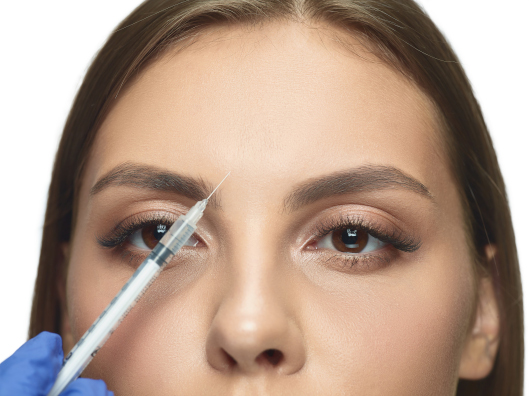
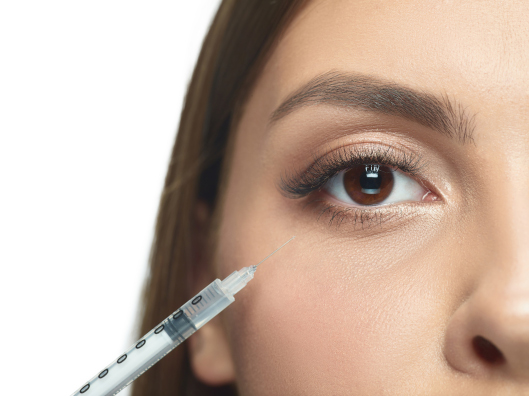
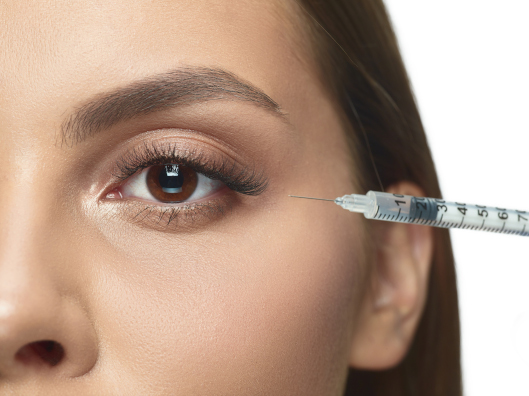
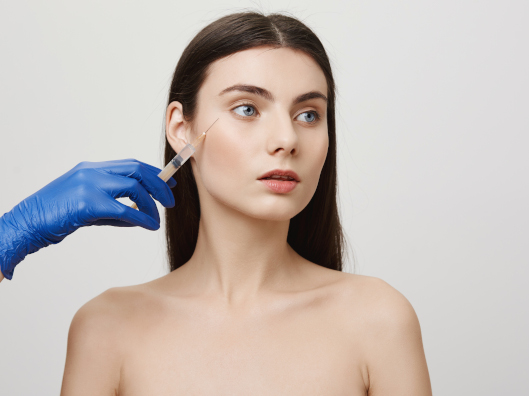
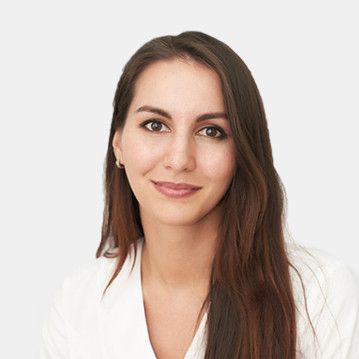
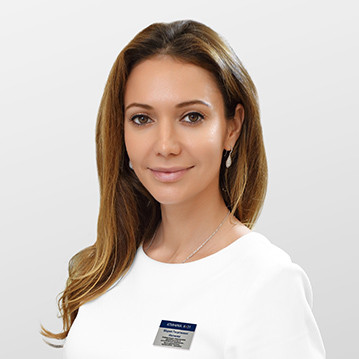

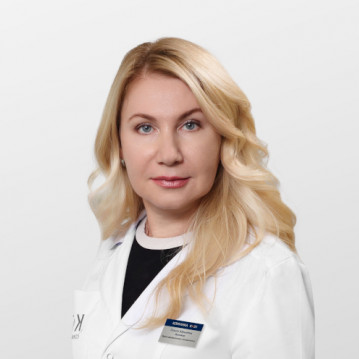
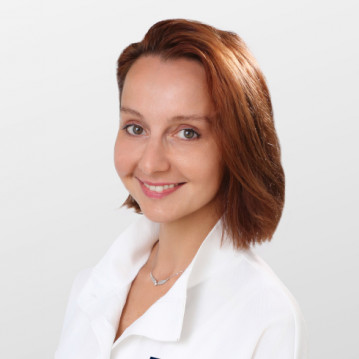
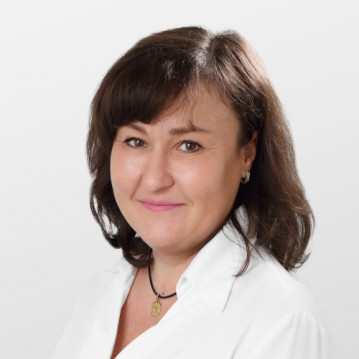
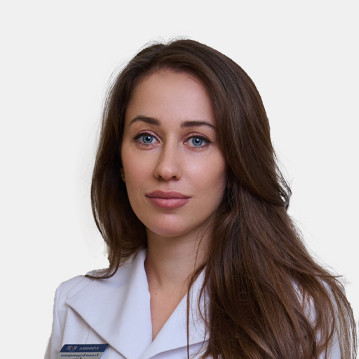
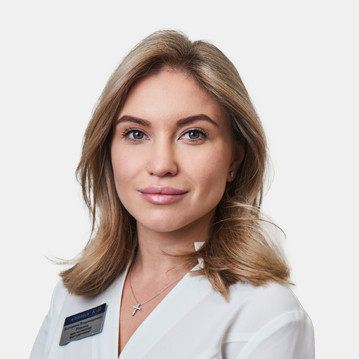
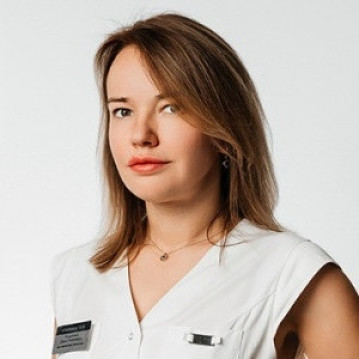
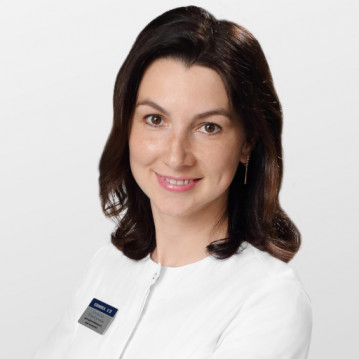

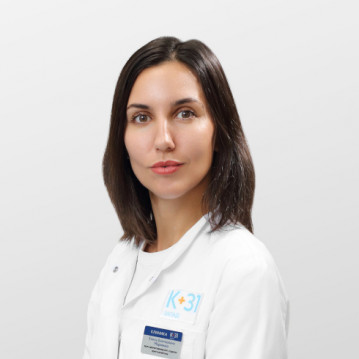
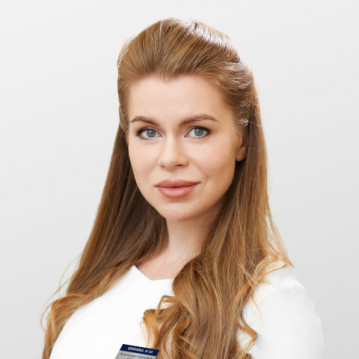
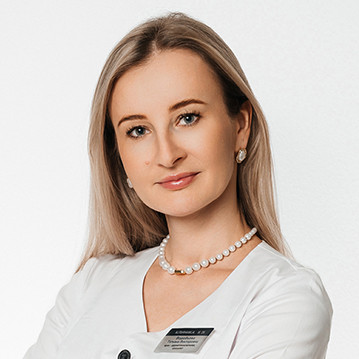
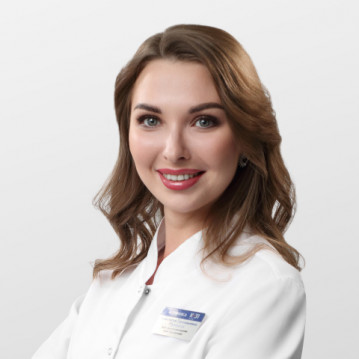
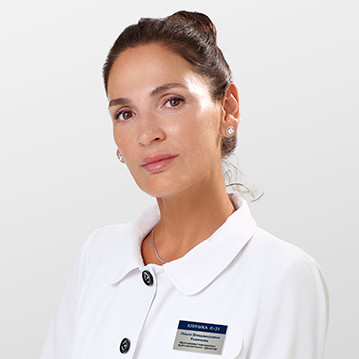
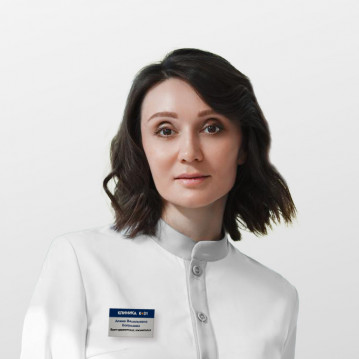

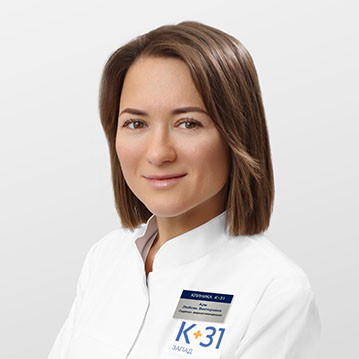
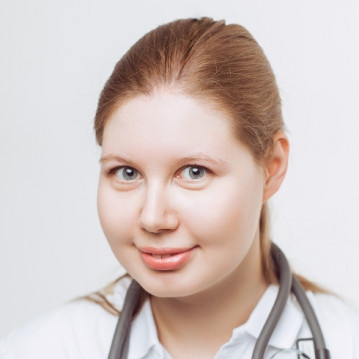
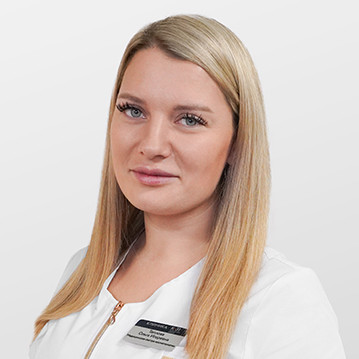
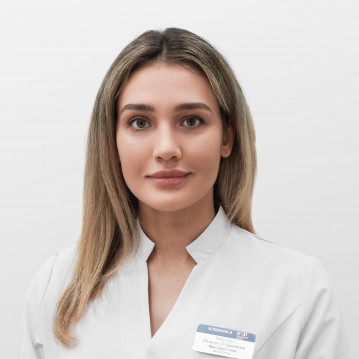

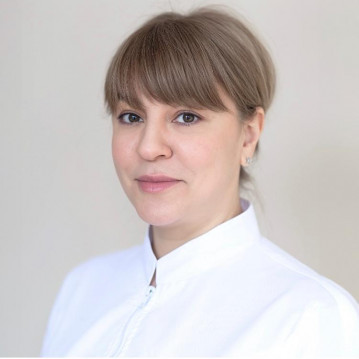
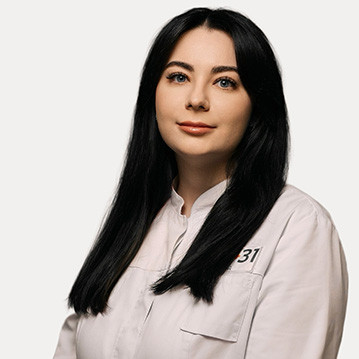
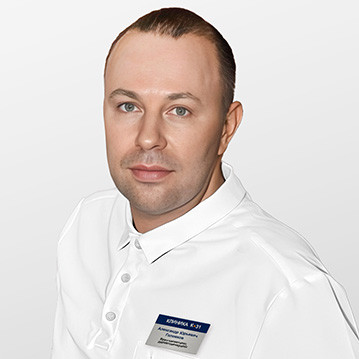
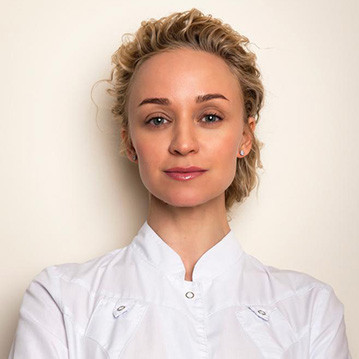

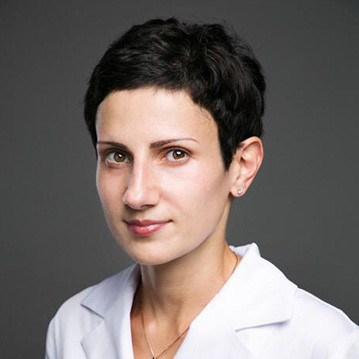


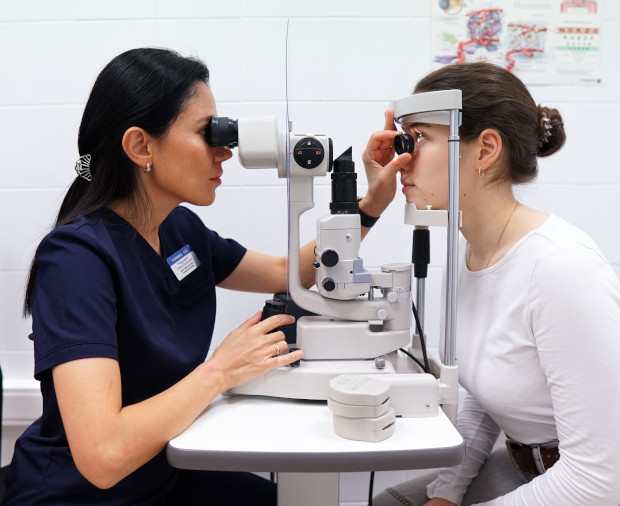




Benefits of Botulinum Therapy for Under Eye Skin
The main advantages of Botox under the eyes include:
The effect becomes visible within 3-4 days after the injections. Botulinum toxin weakens the circular muscles around the eyes, which helps to reduce expression wrinkles and crow's feet, while maintaining natural facial expressions, which is very important for clients.
The process takes from 15 to 30 minutes and does not require a long recovery period. The patient can return to their normal daily routine almost immediately after the procedure, which is appreciated by people with a busy schedule.
Botulinum therapy under the eyes also provides:
Studies show that regular use of botulinum toxin can significantly delay the formation of deep wrinkles. According to the American Society of Plastic Surgeons, 82% of patients notice an improvement in the condition of the skin around the eyes after a course of botulinum therapy.
It is important to emphasize that the results can last for a long time - from 6 to 12 months. This makes botulinum therapy an economical choice compared to the constant use of expensive creams and serums.